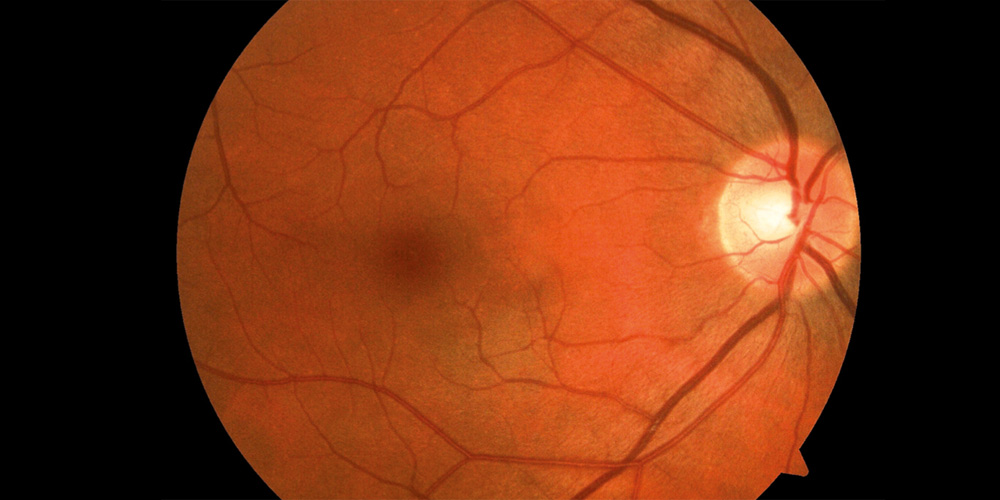
Anette Friedel (AT), Erika Jungreithmayr (AT)
A person’s outer appearance, which can be deliberately modified, is juxtaposed to their fragile, immutable inner beauty. A human being’s exterior is characterized by age, cultural influences, social background, facial expressions and many other factors, and people can change how they look, “beautify” themselves, to a certain extent. The interior, what’s hidden, what’s actually invisible, the finely layered structures—what a person cannot change and what their distinctiveness and individuality ultimately consists of—the human being who, despite the technologies, cannot be measured, copied, multiplied—is enduring.
How do I see myself? Who or what influences what I look at? The retina, with its millions of neurons, separates the significant from the unimportant and thereby exerts a powerful influence on human data processing. Our body thinks proactively. What does it mean to be a body? This is one of the core issues being raised now by the ongoing development of artificial intelligence. There would be no new technologies if there were not also, somewhere, a human being—there it is, plain and simple, reduced to the essence.

